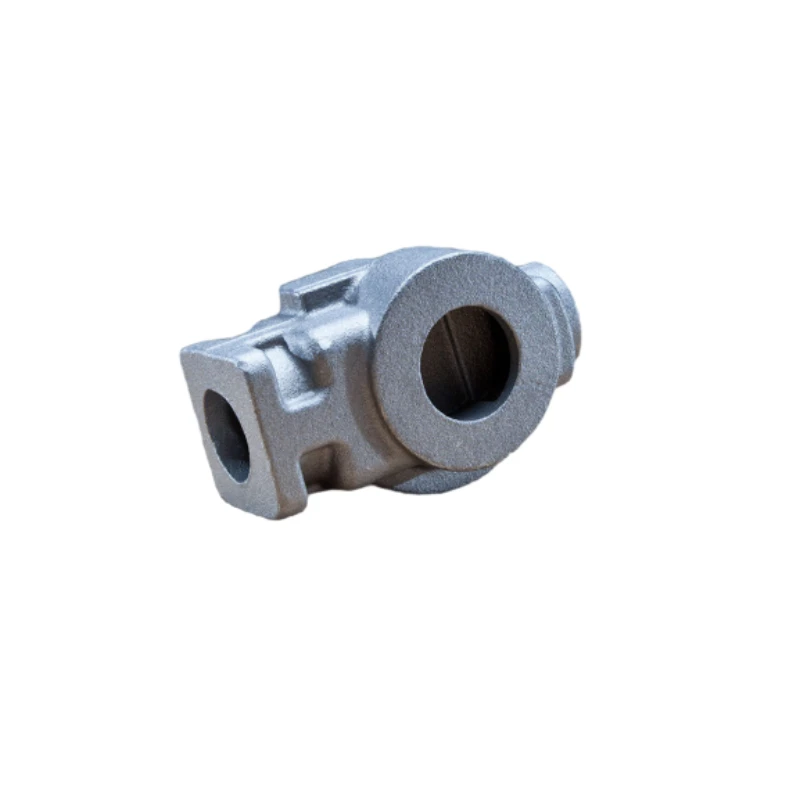new die casting
The Evolution and Benefits of New Die Casting Techniques
Die casting has long been a crucial manufacturing process in various industries, particularly in the production of metal components. The ability to create complex shapes with high precision and efficiency has made die casting a favored method for producing everything from automotive parts to household appliances. As technology progresses, new die casting techniques are emerging that enhance the traditional methods, offering improvements in quality, efficiency, and sustainability.
Introduction to Die Casting
Die casting is a manufacturing process where molten metal is injected into a mold under high pressure. The resulting product is known for its dimensional accuracy and excellent surface finish. Traditionally, die casting processes have utilized materials such as aluminum, zinc, and magnesium. However, the demand for more versatile and sustainable options has driven innovation in this field.
Emerging Die Casting Techniques
One of the significant advancements in die casting technology is the development of Low-Pressure Die Casting (LPDC). This method reduces the pressure applied during the injection of molten metal, resulting in fewer defects and improved mechanical properties. LPDC is particularly beneficial for producing larger and more complex components, making it a popular choice in the automotive and aerospace industries.
Another noteworthy innovation is Vacuum Die Casting. This process involves creating a vacuum in the die before the molten metal is injected. The absence of air allows for a denser and more uniform product, minimizing porosity and enhancing the material's overall strength. Vacuum die casting is often used for high-performance applications where reliability is crucial, such as in aerospace components.
The Impact of 3D Printing on Die Casting
The integration of 3D printing technology into the die casting industry has opened new possibilities for mold production. Traditional mold-making can be time-consuming and costly, especially for complex geometries. However, 3D printing allows manufacturers to create molds quickly and at a lower cost, enabling rapid prototyping and shortening lead times. This combination of die casting with 3D printing not only enhances production efficiency but also reduces material waste.
new die casting

Sustainability in Die Casting
With increasing emphasis on sustainability, the die casting industry is also exploring eco-friendly practices. New die casting techniques are being designed to minimize energy consumption and material waste. For instance, recycling scrap metal within the casting process can significantly reduce the overall environmental impact. Furthermore, advancements in alloy formulations are leading to the development of materials that are not only strong and lightweight but also more sustainable.
Challenges in New Die Casting Technologies
Despite the many benefits, the adoption of new die casting techniques can come with challenges. One of the primary concerns is the need for skilled labor and expertise to operate advanced machinery. Training programs and educational resources are essential to ensure that the workforce is prepared to handle these new technologies.
Additionally, the initial investment for high-tech die casting systems can be significant. However, companies often find that the long-term savings in energy costs, material usage, and labor make these investments worthwhile.
Conclusion
The die casting industry is at the cusp of transformation, driven by new technologies and innovative practices. As methods like Low-Pressure Die Casting and Vacuum Die Casting gain traction, manufacturers are able to produce components that are not only of higher quality but also more sustainable. The integration of 3D printing further enhances the mold-making process, allowing for greater flexibility and faster production times.
While challenges remain in terms of skilled labor and initial costs, the benefits of embracing new die casting techniques far outweigh the obstacles. As industries continue to evolve, die casting will remain a foundational process, continually adapting to meet modern demands for efficiency, quality, and sustainability. The future of die casting looks bright, paving the way for advancements that will redefine manufacturing processes across various sectors.
-
Precision Casting AI Solution with GPT-4-Turbo | Optimized QualityNewsAug.02,2025
-
Precision Sheet Metal Stamping Manufacturer | Fast & ReliableNewsAug.01,2025
-
OEM Sand Cast Pump Valve Fittings - Baoding Hairun Machinery And Equipment Trading Co., Ltd.NewsAug.01,2025
-
Custom OEM Impellers | High Efficiency & PrecisionNewsAug.01,2025
-
OEM Sand Cast Pump Valve Fittings - Baoding Hairun Machinery | Customization, Quality AssuranceNewsAug.01,2025
-
OEM Sand Cast Pump Valve Fittings - Baoding Hairun Machinery And Equipment Trading Co., Ltd.NewsAug.01,2025















